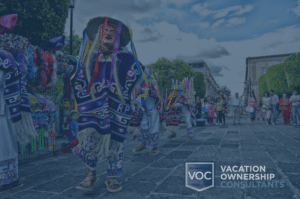In recent years, the travel industry has exploded with a number of options that provide an array of experiences across the globe. But even as younger generations have grown accustomed to variation travel, the timeshare industry has defended their dominance with major resorts in desired vacation destinations. In fact, some of the most prominent pieces of land are owned by timeshare companies and major resorts. Money and power has always provided them with an advantage.
Setting up shop in tourist-heavy locations helps them strategically leverage local attractions to promote “free” incentives to lose-spending travelers in exchange for attending a high pressure sales meeting. This extremely complex process misleads and captivates people that are already in a state of euphoria while on vacation. Generally, 1 out of every 3 people lured into a timeshare presentation end up going home with extra baggage.
Why Does VOC Care About the Timeshare Sale?
At the end of the day, people travel to prominent vacation destinations to relax and rejuvenate – not listen to a sales pitch. A $25k+ timeshare mortgage with limited usage can easily become a regretful souvenir. But because so many resorts own premier real estate in beautiful places, the enchanting snare will always be there. The goal of many is to make a lot of money – not matter the consumer cost. At VOC, we prefer to help travelers establish “good memories” and work hard to prioritize satisfaction over sales.
Far too often, the timeshare purchase (and the vacation on which it was bought) become deeply remorseful experiences. Getting out of the timeshare trap is not only emotionally difficult but physically costly. This is why we’re so passionate about this topic. The avoidance of industry pitfalls is more important than understanding ownership itself. With that in mind, let’s take a look at some of the vacation destinations that have been completely ruined by the timeshare industry.
Some of the Travel Destinations Ruined by Timesharing.
Although a majority of our content consists of educational material for timeshare prospects and owners, it’s always good to garner a further understanding of the industry as a whole. Each of the following destinations have seen quite a bit of change since the early days of travel. Whether they’re littered with mountains, golf courses, attractions or sandy beaches – some of the most beautiful places in America have been shaped by the timeshare industry.
1. Las Vegas, Nevada
Just before the start of the 1830’s, America’s first commercial caravan forged a new route (now known as the Old Spanish Trail) from New Mexico to the California Gold Rush. The migrant’s arid journey, led by Antonio Armijo, eventually stumbled across a desert oasis about 100 miles southwest from camp during a routine search for water. As you can imagine, the beauty of the grasslands and abundance of fresh springwater captivated the group. One of Armijo’s scouts, Rafael Rivera, came up with the idea to call the region, “Las Vegas” – after the vastness of “the meadows.”
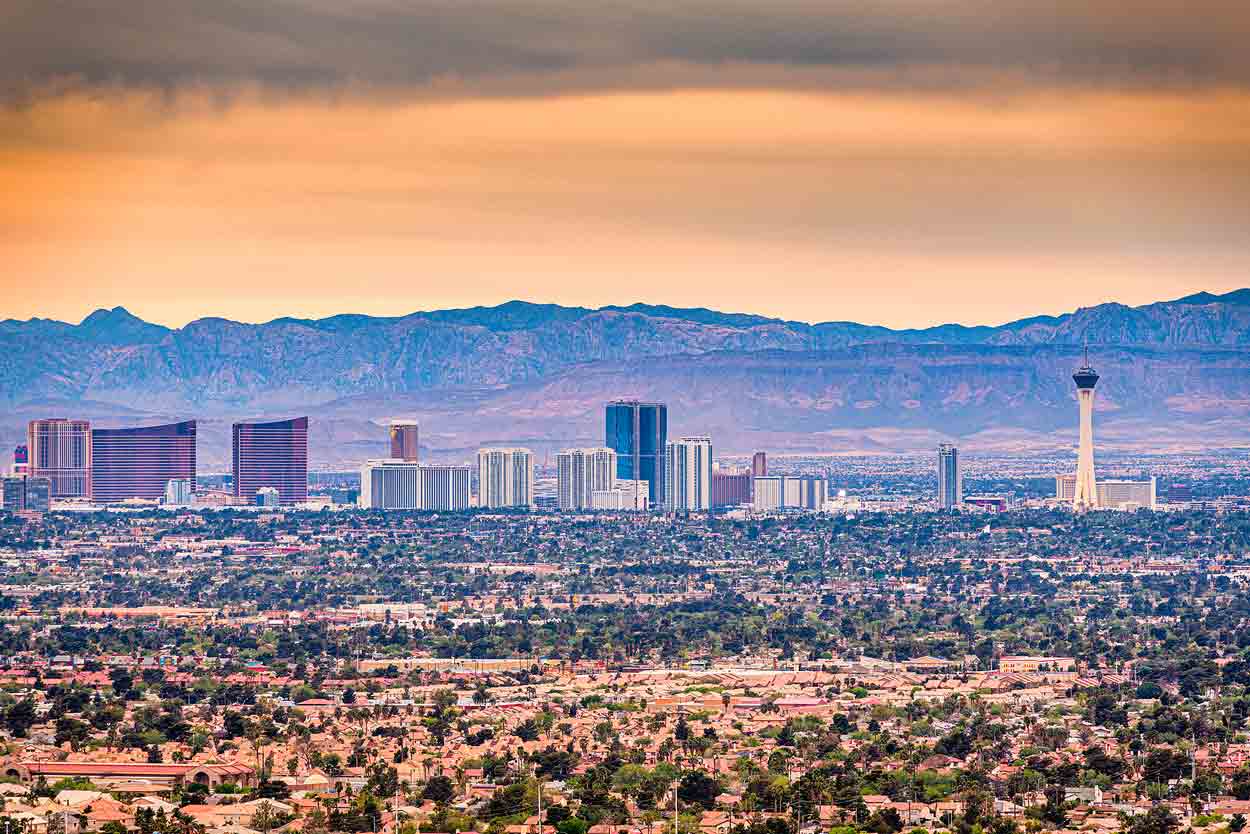
Before Las Vegas became the entertainment capital of the world, it was primarily used as a rest stop for those looking to strike gold on the west coast. Early on, the town mainly consisted of Mormons and Latinos that lived in adobe huts and farmed the land. But once the San Pedro railroad decided to erect a Vegas train station in 1890, rapid change occured. By 1905, the town was jam packed with new lodging, shopping and saloons – thanks to business-men (like William A. Clark) and their ties to the railroad.
HOW, WHEN AND WHY LAS VEGAS STARTED TO EVOLVE.
The early 1900’s is really where Las Vegas started to transform into the “sin city” that it is today. In these times, the Wild West was pretty wild. The negligent sale and embezzlement of land by risk-taking entrepreneurs set a shaky foundation for the city. This was later taken advantage of by criminals that flocked to the autonomy of the desert frontier. Once national gambling bans were implemented in 1910, east coast mobs began to see Las Vegas as a city of opportunity. And boy were they right.
By the mid-1960’s, billionaires like Howard Hughes started running mob-owned hotels and casinos out of town. Once the 80’s arrived, entertainment and lodging started to be the primary focus. Wealthy developers like Steve Wynn improved on the ideas of smaller players by creating more of an “entertaining” experience through design. By the end of the century, 13 of the 20 (65%) biggest resorts in the world and nearly 90K rooms were available in Sin City.
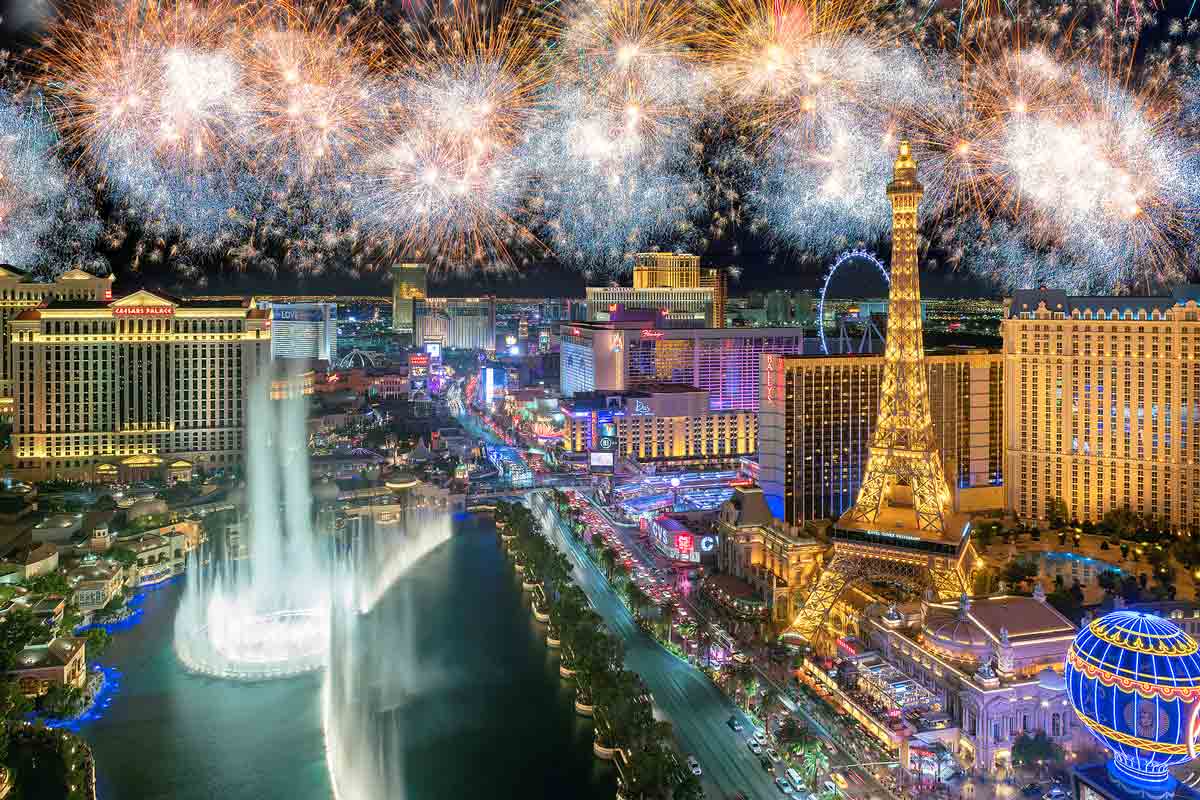
What was once considered a beautiful oasis full of natural life is now known as a unique human experience full of lights. The awe of the landscape isn’t so tranquil anymore. While suburbs and the city itself aren’t anything extraordinary, the strip is packed with advertisements, attractions, sales pitches and lust – making it one of the most entertaining vacation destinations in the world. It doesn’t take much to notice the dominating presence of timeshare developers and resorts at the crossroads of the west. What could have truly been a beautiful oasis retreat in the desert was turned upside down by money and entertainment.
2. Park City, Utah.
Similar to the Nevadan Oasis, Utah had its own little slice of heaven nestled in the pacific northwest. Park City, located east of Salt Lake City and the Twin Peaks, was originally discovered by American soldiers in 1868. After leaving their Salt Lake base and trekking through Big Cottonwood Canyon for silver, they stumbled across a plot of land worth settling on – and the rest is history. By 1870, the First Transcontinental Railroad had the region connected to a good portion of the country’s population.
Once the word of silver mining spread, hundreds of people eagerly left home for a chance to strike a fortune’s worth of silver. Some, like George Hearst, did just that – making more than $50 million from his Ontario Mine that was bought for $30K. But not everybody found success and fortune in Park City.
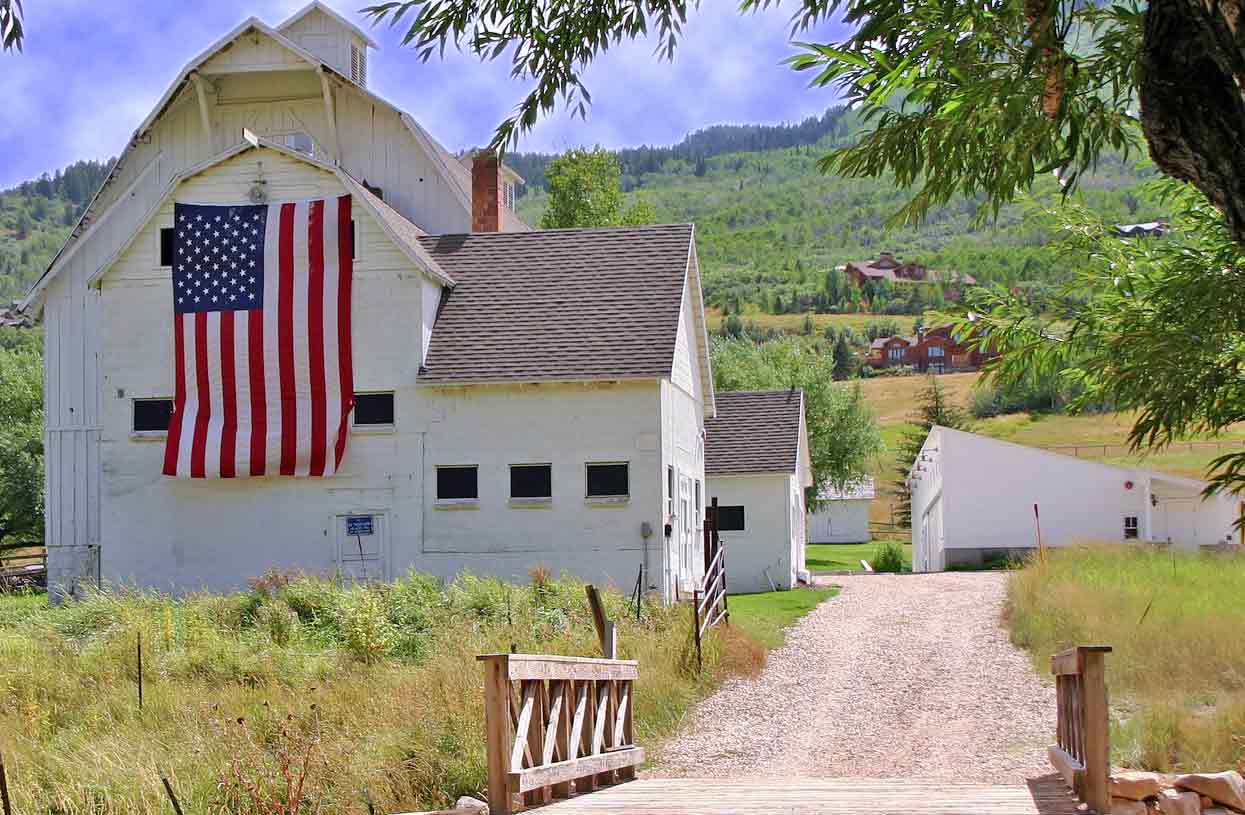
TRAGEDY HINDERED THE TOWN’S GROWTH.
Although the town grew 5,000-7,500 residents from 1889 to 1898, a disastrous fire destroyed nearly everything. Roughly 15% of the population was left homeless. But residents were no stranger to adversity and they were able to rebuild and reinforce most structures and houses within two years. The sense of community and pride for what they’d been able to accomplish together echoed for generations.
Since the settlement was nestled in between peaks, most affordable, build-ready plots were taken by the early 1900’s. Because of this, a significant amount of money was required to buy land in Park City. By the time the 1930’s rolled around, the silver market was dwindling and skiing had become a local hit. Despite more than 1200 miners losing their jobs in a short period of time, the idea of a winter attraction gave the city hope for its economy. So in 1946, they built the first ski lift at Snow Park (now called Deer Valley). But it wasn’t that simple.
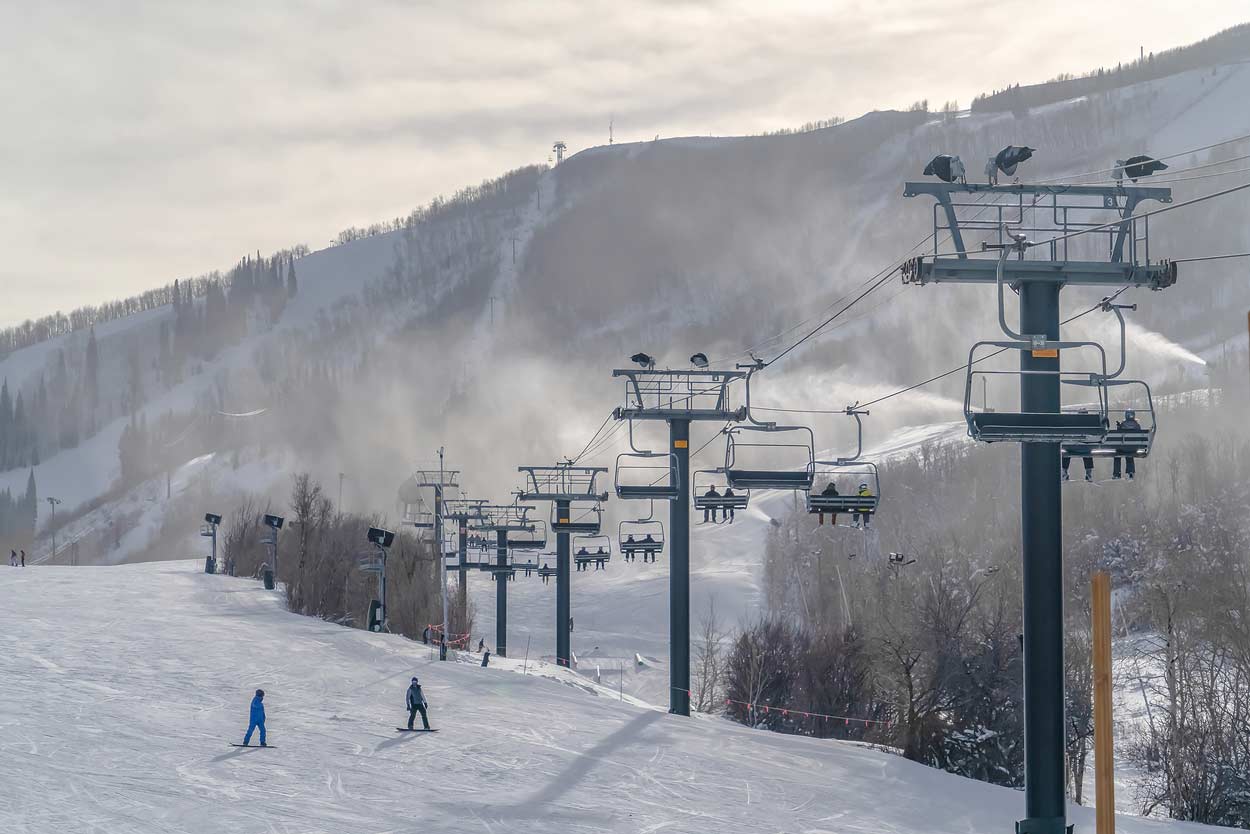
SAVED BY GOVERNMENT FUNDING HOSPITALITY CHAINS.
5 years later, Park City was reeling and the population receded to 1,150 residents. After receiving federal funding, Treasure Mountain Resort was constructed and marketed across the country. People started moving back and the slopes began to garner high praises and media attention. Major hotel chains and timeshare developers began moving in once cultural events and other winter recreations expanded. By the 1990’s, most of the available land had been developed for people to come and stay.
The economy was thriving again and even hosted some of the 2002 Olympic Games. What was once a proud town of hard working miners, forging their living in the Utah mountains, is now a bustling city of tourists drinking hot cocoa. Any given ski day could see nearly 1 million people scattered across the Park City slopes. Billion dollar timeshare structures now cast shadows on the fire-proof brick buildings that pioneers built more than 100 years ago.
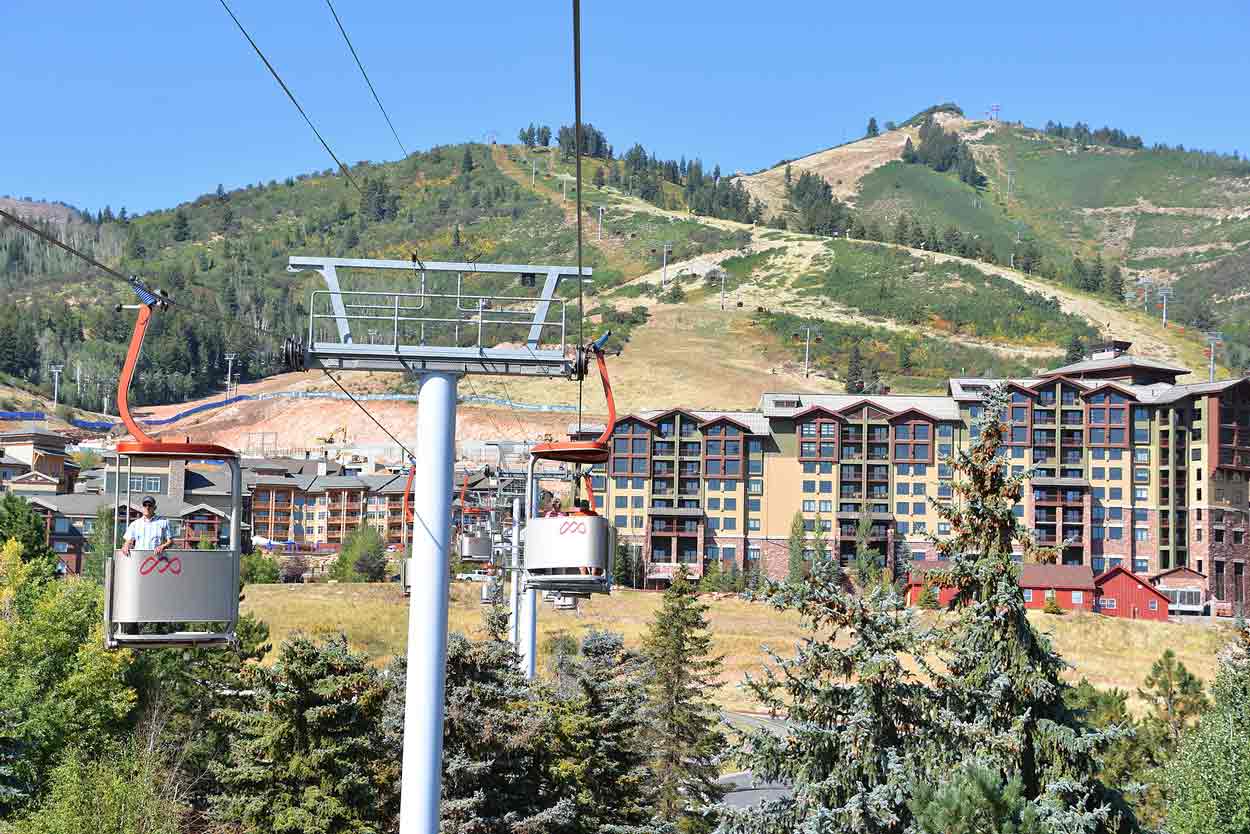
Many Popular Vacation Destinations Have Reached Their Peak.
The United States is home to thousands of beautiful pockets of nature and wildlife. But most have now been overrun by the travel industry. Because of the ambitious and indulging nature of human beings, we’ll never know just how stunning these regions were in the early 1800’s. It’d be even more interesting to know just who might’ve lived there before. Depending on how you look at it, the current attractions in these places could be seen as an astonishment or a sight for sore eyes.
Either way, there’s nothing we can do about the current state of these vacation destinations. It was bound to happen as nearly every western traveler passed through one of these locations at some point in time. There are plenty of places to visit, explore and protect for the time being. Next week, we’ll talk more about a few Atlantic cities and wrap things up in the Gulf of Mexico and Hawaii.



